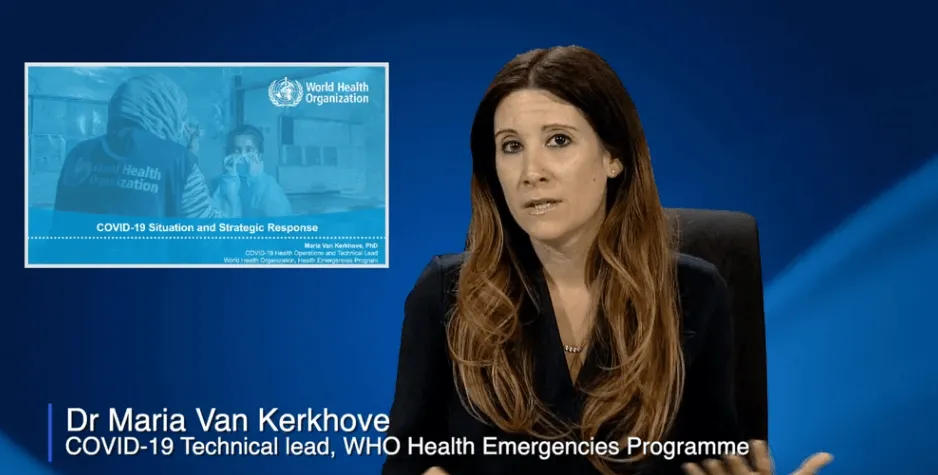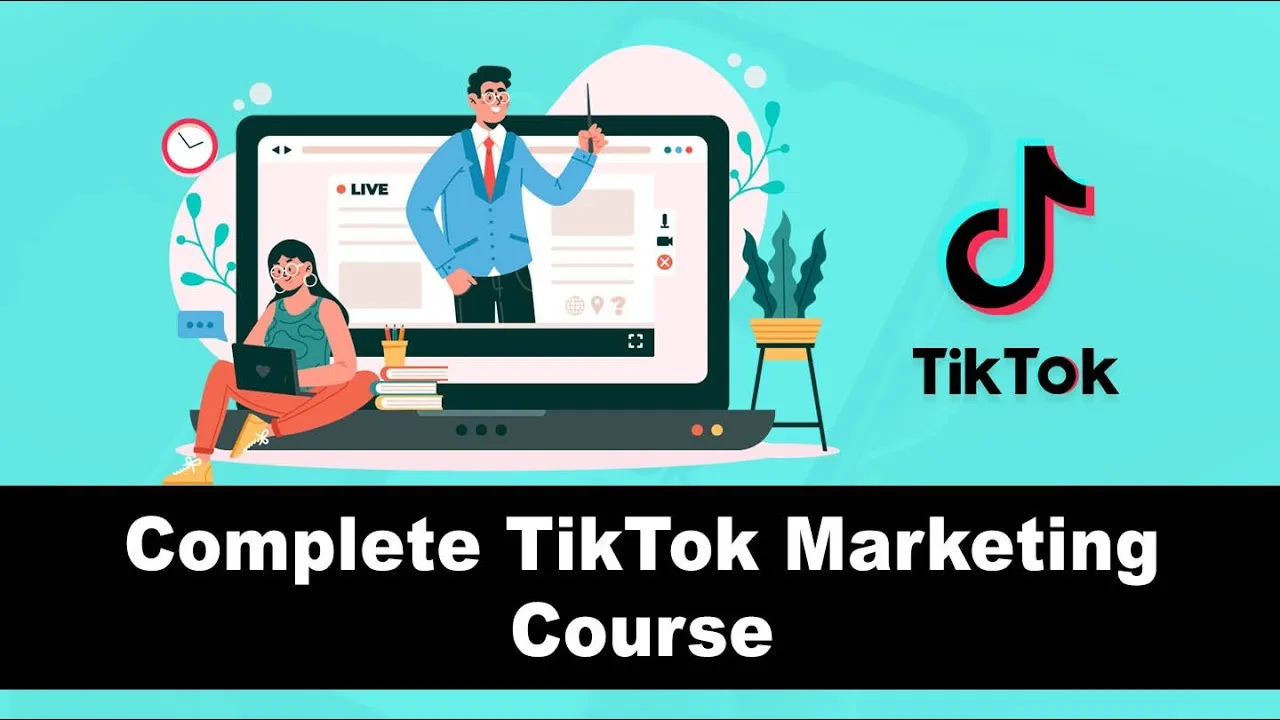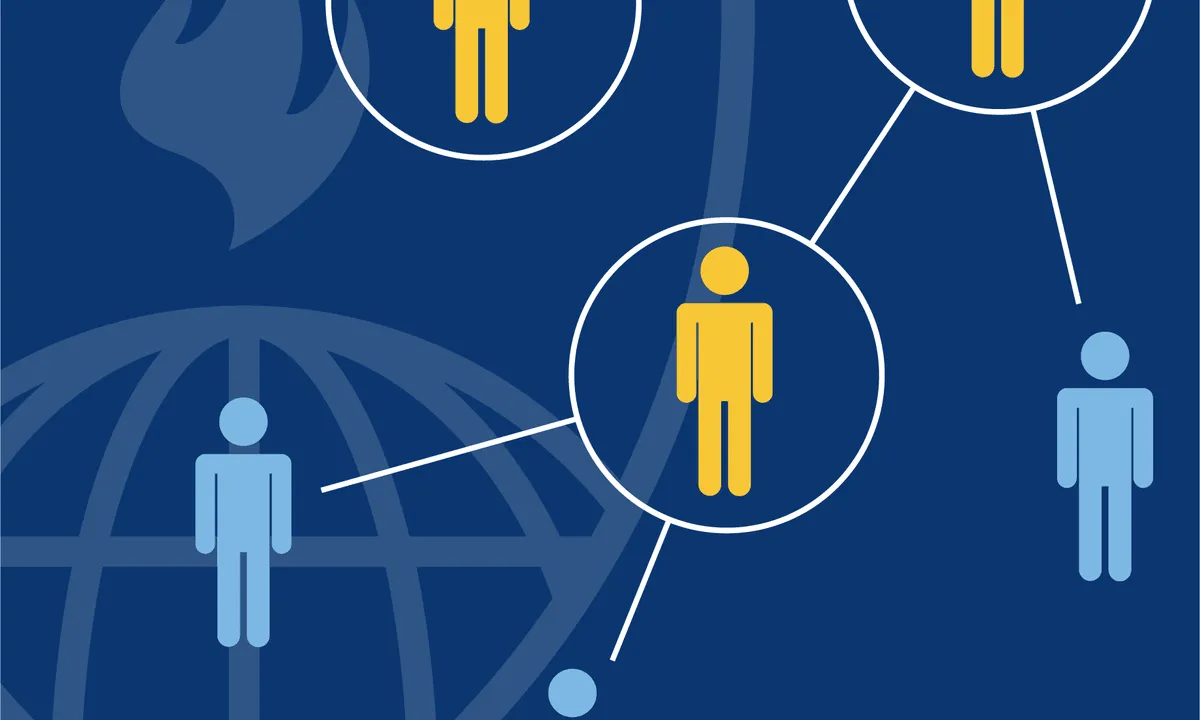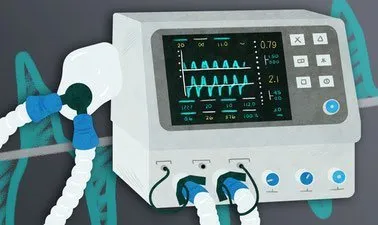
Scientific and strategic talks on COVID-19 
Learn the basics of Scientific and strategic talks on COVID-19 ▼
ADVERTISEMENT
Course Feature
![]() Cost:
Cost:
Free
![]() Provider:
Provider:
OpenWHO
![]() Certificate:
Certificate:
No Information
![]() Language:
Language:
English
![]() Start Date:
Start Date:
On-Demand
Course Overview
❗The content presented here is sourced directly from OpenWHO platform. For comprehensive course details, including enrollment information, simply click on the 'Go to class' link on our website.
Updated in [May 19th, 2023]
This course provides an overview of scientific and strategic talks on COVID-19 from the World Health Organization (WHO). Participants will gain access to video recordings of presentations given by WHO experts at conferences and other forums. The videos capture the latest science at the time of the presentation, and will provide participants with an understanding of the current state of the pandemic. No certificates are available for this course.
[Applications]
The application of this course can be seen in the development of strategies to combat the spread of COVID-19. The videos provide a comprehensive overview of the latest science and strategies that can be used to help reduce the spread of the virus. Additionally, the videos can be used to inform public health policies and to help educate the public on the importance of following safety protocols. Furthermore, the videos can be used to inform healthcare professionals on the latest developments in the field of COVID-19.
[Career Paths]
1. Epidemiologist: Epidemiologists are public health professionals who investigate patterns and causes of disease and injury in humans. They seek to reduce the risk and occurrence of negative health outcomes through research, community education, and health policy. With the current COVID-19 pandemic, epidemiologists are in high demand to help track the spread of the virus and develop strategies to contain it.
2. Infectious Disease Physician: Infectious disease physicians specialize in the diagnosis and treatment of infectious diseases. They are responsible for diagnosing and treating patients with infectious diseases, as well as providing preventive care and education to help reduce the spread of infectious diseases. With the current COVID-19 pandemic, infectious disease physicians are in high demand to help diagnose and treat patients with the virus.
3. Public Health Analyst: Public health analysts are responsible for researching and analyzing public health data to identify trends and develop strategies to improve public health. With the current COVID-19 pandemic, public health analysts are in high demand to help track the spread of the virus and develop strategies to contain it.
4. Health Policy Analyst: Health policy analysts are responsible for researching and analyzing health policy to identify trends and develop strategies to improve public health. With the current COVID-19 pandemic, health policy analysts are in high demand to help develop policies to address the virus and its effects on public health.
[Education Paths]
1. Public Health: Public health is a field of study that focuses on the health of populations and communities. It is a multidisciplinary field that combines elements of epidemiology, biostatistics, health services administration, and environmental health. Public health professionals work to prevent and control the spread of infectious diseases, promote healthy lifestyles, and protect the environment. Developing trends in public health include the use of data science and artificial intelligence to improve health outcomes, the use of technology to improve access to healthcare, and the use of public health interventions to address social determinants of health.
2. Epidemiology: Epidemiology is the study of the distribution and determinants of health-related states or events in specified populations, and the application of this study to the control of health problems. Epidemiologists use data from surveys, clinical trials, and other sources to identify risk factors for disease and to develop strategies for prevention and control. Developing trends in epidemiology include the use of big data and machine learning to identify patterns in health data, the use of mobile technology to collect data in real-time, and the use of predictive analytics to anticipate and prevent disease outbreaks.
3. Biostatistics: Biostatistics is the application of statistical methods to the study of biological phenomena. Biostatisticians use data from experiments, surveys, and other sources to develop models and algorithms that can be used to understand and predict biological processes. Developing trends in biostatistics include the use of machine learning and artificial intelligence to analyze large datasets, the use of Bayesian methods to improve the accuracy of predictions, and the use of data visualization to communicate complex results.
4. Health Services Administration: Health services administration is the field of study that focuses on the management and delivery of healthcare services. Health services administrators use data from surveys, clinical trials, and other sources to develop strategies for improving the quality and efficiency of healthcare delivery. Developing trends in health services administration include the use of data analytics to improve patient outcomes, the use of technology to improve access to healthcare, and the use of public health interventions to address social determinants of health.
Course Provider

Provider OpenWHO's Stats at AZClass
Discussion and Reviews
0.0 (Based on 0 reviews)
Explore Similar Online Courses

Fly Through English - Verb Tenses

Complete TikTok Marketing Course

Python for Informatics: Exploring Information

Social Network Analysis

Introduction to Systematic Review and Meta-Analysis

The Analytics Edge

DCO042 - Python For Informatics

Causal Diagrams: Draw Your Assumptions Before Your Conclusions

Whole genome sequencing of bacterial genomes - tools and applications

COVID-19 Contact Tracing

Mechanical Ventilation for COVID-19

COVID-19 in Slums & Informal Settlements: Guidelines & Responses
 Related Categories
Related Categories
Quiz
 Submitted Sucessfully
Submitted Sucessfully
1. What is the purpose of this portal?
2. What is specified for each video?
3. What type of resources are available on this portal?


Start your review of Scientific and strategic talks on COVID-19